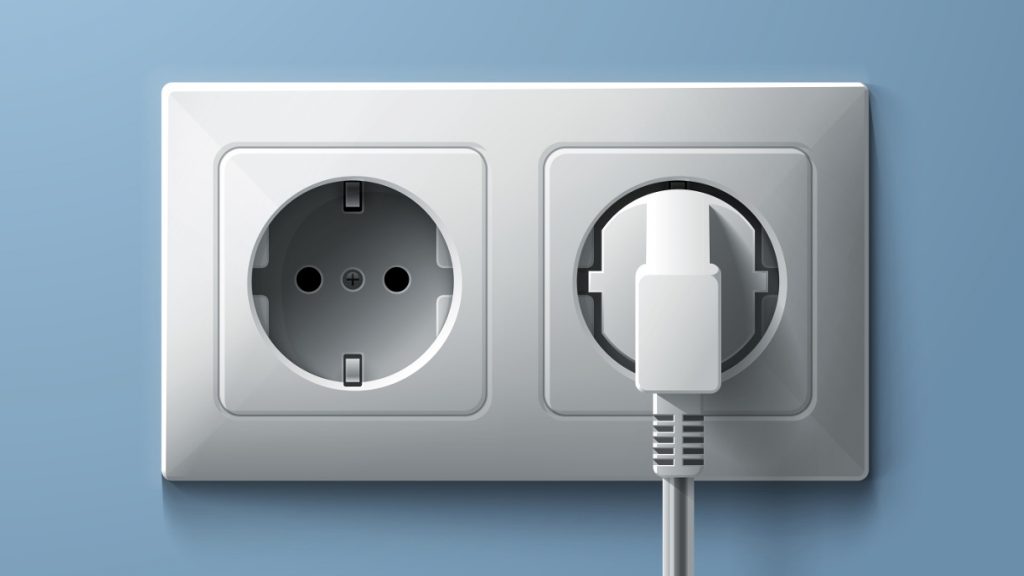
Image Source: Google
AC power plugs and sockets are essential components in our daily lives, allowing us to power our electronic devices and appliances conveniently. However, navigating the world of AC power plugs and sockets can be confusing, especially when traveling to different countries with varying plug types and voltages. To ensure a safe and hassle-free experience, it's important to understand the differences between plugs and sockets used in different regions and how to use them correctly. Refer Link: https://volgen-power-supplies.com/product-category/external-adapters/external-adapters-level-vi/wallmount-adapters-vi/interchangeable-ac-plug-level-vi/
Understanding AC Power Plugs and Sockets
Different Types of Plugs and Sockets
- In North America, the standard plug type is Type A, which has two flat parallel pins.
- In Europe and many other countries, the standard plug type is Type C, which has two round pins.
- The United Kingdom uses Type G plugs, which have three rectangular pins in a triangular pattern.
- Australia and New Zealand use Type I plugs, which have two flat pins in an inverted V shape.
Understanding Voltage and Frequency
- Most countries either use a 220-240V or 100-127V voltage system.
- Frequency also varies, with most countries using either 50Hz or 60Hz.
- It's important to check the voltage and frequency requirements of your devices before plugging them in to avoid damage.
Tips for Home Use
Use the Correct Adapters
- Purchase universal travel adapters that are compatible with multiple plug types to use with your electronic devices.
- For home use, consider installing universal sockets that can accommodate various plug types to make it easier to charge your devices.
Label Your Cords
- Label your device cords with the corresponding plug type they require to avoid confusion and ensure you use the correct adapter.
- This can help prevent accidental damage to your devices due to using the wrong voltage or plug type.
Tips for Travel Use
Research Plug Types Before Traveling
- Before traveling to a new country, research the plug types and voltages used in that region to ensure you have the necessary adapters.
- Consider purchasing a universal adapter kit that includes multiple plug types for use in different countries.
Check Voltage Compatibility
- Verify that your devices are compatible with the voltage used in the country you are visiting to avoid damaging them.
- If your devices are not dual voltage, consider using a voltage converter to ensure safe operation.
Safety Precautions
Avoid Overloading Sockets
- Avoid plugging too many devices into a single socket to prevent overloading and potential fire hazards.
- Use power strips with surge protection to safely power multiple devices from a single outlet.
Inspect Cords and Plugs
- Regularly inspect your cords and plugs for signs of wear or damage and replace them if necessary to prevent electrical hazards.
- Avoid using frayed or damaged cords and plugs as they can pose a safety risk.
Conclusion
By understanding the different types of AC power plugs and sockets used around the world and following the tips provided in this article, you can safely navigate the world of power connections both at home and during travel. Remember to always prioritize safety when dealing with electricity and never compromise on using the correct adapters and voltage requirements for your devices.